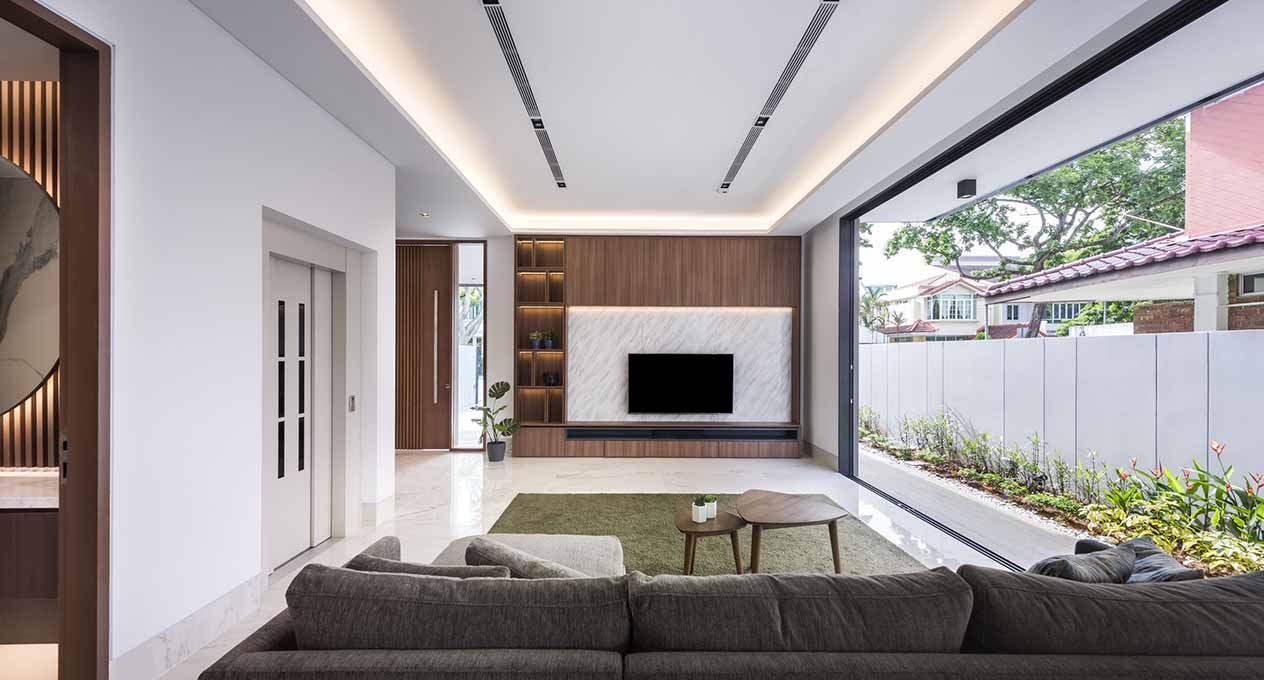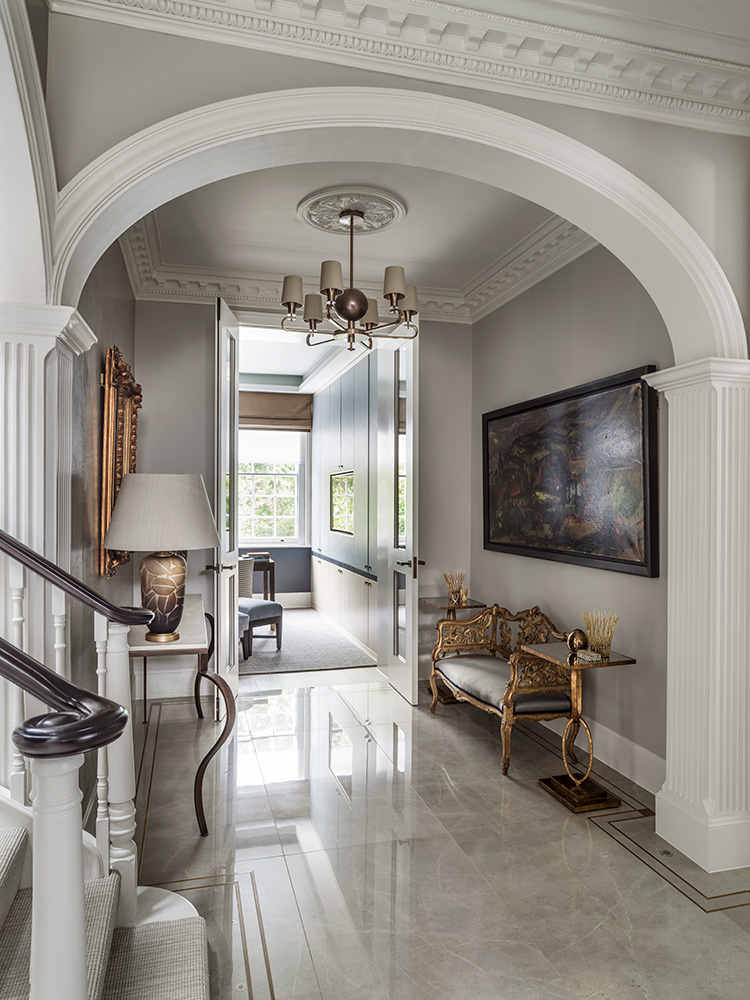Stylish Countryside Interior Styling for Rural Retreats
Stylish Countryside Interior Styling for Rural Retreats
Blog Article
The Art of Equilibrium: How Interior Design and Home Engineer Collaborate for Stunning Results
In the world of home design, striking an equilibrium in between aesthetics and performance is no little task. This delicate balance is attained via the harmonious partnership between indoor developers and architects, each bringing their distinct knowledge to the table. The outcome? Areas that are not only aesthetically magnificent yet likewise extremely comfortable. This best mix is not constantly simple to obtain. Stick with us as we discover the intricacies of this collective process and its transformative effect on home style.
Comprehending the Core Differences Between Interior Decoration and Home Design
While both Interior Design and home architecture play crucial duties in developing cosmetically pleasing and functional rooms, they are naturally different self-controls. Home style largely concentrates on the structural elements of the home, such as building codes, safety laws, and the physical construction of the space. It takes care of the 'bones' of the framework, functioning with spatial measurements, load-bearing wall surfaces, and roofing layouts. On the various other hand, Interior Design is much more concerned with improving the visual and sensory experience within that structure. It involves choose and setting up furniture, selecting color pattern, and incorporating ornamental elements. While they operate in tandem, their functions, duties, and areas of experience split considerably in the production of a harmonious home setting.
The Synergy In Between Home Style and Interior Style
The harmony in between home architecture and Interior Design exists in a common vision of design and the enhancement of practical looks. When these two fields straighten sympathetically, they can transform a living area from ordinary to phenomenal. This collaboration needs a much deeper understanding of each discipline's concepts and the capability to create a cohesive, visually pleasing setting.
Unifying Layout Vision
Unifying the vision for home style and indoor style can create an unified living area that is both practical and visually pleasing. It promotes a synergistic strategy where architectural elements enhance interior design parts and vice versa. Hence, unifying the style vision is important in blending design and interior design for spectacular results.
Enhancing Useful Aesthetic Appeals
Just how does the synergy between home design and Interior Design enhance functional looks? This harmony allows the development of spaces that are not just visually appealing yet likewise conveniently useful. Architects lay the foundation with their architectural style, making certain that the space is efficient and functional. The indoor designer then enhances this with carefully selected components that enhance the looks without compromising the performance. This unified collaboration can lead to homes that are both beautiful and livable. As an example, an engineer might make a house with big home windows and high ceilings. The indoor developer can after that accentuate these features with large drapes and high plants, specifically, therefore boosting the visual charm while keeping the practical benefits of all-natural light and spaciousness.
Significance of Collaboration in Creating Balanced Spaces
The cooperation between interior developers and architects is pivotal in developing balanced rooms. It brings harmony in between style and architecture, giving birth to areas that are not only cosmetically pleasing however additionally functional. Discovering effective collective techniques can offer insights right into exactly how this synergy can be effectively attained.
Balancing Design and Architecture
Balance, a crucial facet of both Interior Design and style, can just genuinely be attained when these 2 fields work in consistency. This consistency is not merely a visual factor to consider; it impacts the functionality, sturdiness, and ultimately, the livability of a room. Inside designers and engineers should recognize each various other's duties, appreciate their competence, and connect successfully. They should consider the interaction of architectural aspects with decor, the circulation of spaces, and the effect of light and color. This collective process causes a cohesive, balanced style where every aspect contributes and has an objective to the overall visual. Integrating layout and style is not simply concerning developing beautiful spaces, but about crafting spaces that function seamlessly for their residents.
Effective Collective Techniques

Situation Studies: Effective Combination of Design and Style
Checking out a number of case researches, it emerges just how the successful integration of Interior Design and architecture can change an area. The Glass Residence in Connecticut, renowned for its minimalistic sophistication, is one such example. Engineer Philip Johnson and interior developer Mies van der Rohe collaborated to develop an unified balance in between the structure and the inside, leading to a smooth flow from the outside landscape to the inner living quarters. One more exemplar is the check out here Fallingwater Home in Pennsylvania. Designer Frank Lloyd Wright and interior developer Edgar Kaufmann Jr.'s collaborative efforts cause a stunningly special house that blends with its natural environments. These case research studies underline the profound influence of a successful style and style collaboration.

Getting Rid Of Difficulties in Design and Style Partnership
Regardless of the obvious benefits of a successful partnership between interior design and style, it is not without its challenges. Architects may prioritize structural stability and security, while developers concentrate on convenience and design. Reliable interaction, common understanding, and concession are crucial to overcome these view it now challenges and achieve a successful and harmonious collaboration.

Future Fads: The Progressing Relationship In Between Home Architects and Inside Designers
As the world of home layout remains to develop, so does the partnership between engineers and indoor developers. The fad leans towards an extra collaborative and incorporated approach, breaking without conventional duties. Architects are no more solely concentrated on architectural integrity, however additionally participate in improving visual allure - Winchester architect. On the other hand, indoor developers are embracing technical facets, affecting overall design and capability. This evolving symbiosis is driven by improvements in modern technology and the growing demand for areas that are not just aesthetically pleasing yet lasting and likewise useful. The future guarantees a more natural, cutting-edge, and flexible approach to home design, as designers and developers proceed to obscure the lines, cultivating a relationship that truly embodies the art of balance.
Final thought
The art of equilibrium in home design is achieved via the unified partnership between interior developers and designers. An understanding of each other's disciplines, effective interaction, and shared he has a good point vision are critical in developing aesthetically sensational, practical, and inviting rooms. In spite of obstacles, this partnership cultivates growth and technology in layout. As the connection between home designers and interior developers progresses, it will proceed to shape future fads, improving comfort, efficiency, and personal expression in our space.
While both interior layout and home design play essential functions in developing visually pleasing and useful areas, they are naturally different self-controls.The harmony between home style and interior style exists in a shared vision of style and the improvement of practical visual appeals.Linking the vision for home architecture and indoor layout can create a harmonious living room that is both functional and visually pleasing. Hence, unifying the design vision is vital in mixing architecture and interior layout for stunning results.
Exactly how does the harmony in between home architecture and indoor layout enhance useful aesthetics? (Winchester architect)
Report this page